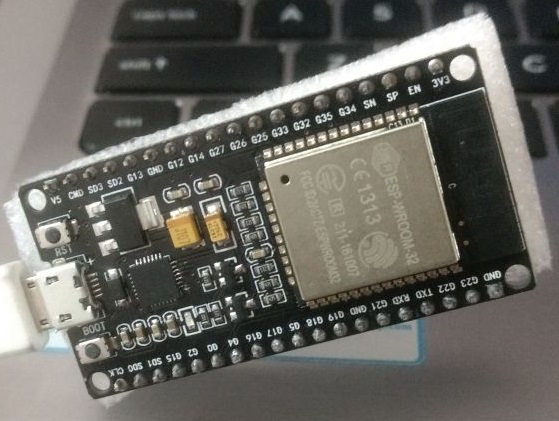Initial_design
1 General Concept
I’ve chosen the Kratky method for its versatility. Because the plant is growing in a container of its own nutrients and water, the system is not very intensive to maintain. But in my time growing plants with this method, I’ve found the problems with this system. What I’ll be showing you are some solutions that I’ve developed to make the most out it.
2 Water Level Control

-
Though the Kratky method lets plants grow in a container of water and nutrient solution, container size will affect how large a plant can grow without water level control.
- Water level control can be maintained manually, through constantly opening the container to check water levels and adding just enough to not drown the oxygen absorbing roots.
- Another option is to use a float valve, which can be bought or imporvised:
- the valve can regulate the water level of the plant’s container using a jug that feeds into the valve that would only need to be filled occasionally to be most effective.
3 Nutrient Control
When adding the nutrient solution to the container, one important factor must be considered:
-
the solution’s ingredients must be kept in two separate containers and mixed only when put into the plant’s container. If the two solutions are mixed togather without enough water they will begin to form into a sedimentary solid.
-
The solution used in the Kratky method has a pound of Master Blend (potash with phosphate and other trace elements) mixed with half a pound of Epson salt (magnesium and sulfur) mixed in one container and another container with 1 pound of Calcium nitrate (Nitrogen and Calcium).
- when the two solutions are combined in the water, a 1:1 ratio of the two component solutions is most effective.
When adding nutrient solution to plants, measured in ppm (parts per million), the needs of each plant can be different for different kinds of plants:
- leafy plants prefer an average concentration of solution (600-800 ppm) throughout lifespan
- fruiting plants can vary in early phases of lifespan but require much more nutrient concentration when flowering and fruiting (1200-1600 ppm)
4 Pumps
Perastaltic pumps are used in situations where accurate measurements are required like in the medical industry. Basic non-medical perastaltic pumps are very affordable and accurrate enough for plant nutrient solution measurements.

5 Controller
In order to most effectively combine the two component solutions in each plant’s container on a regular basis a microprocessor, which could be attached to two pumps distributing nutrient solution, and periodically adjust nutrient levels. - A micro controller is a device that, through the use of minimal power, can continually manage tasks that it is programmed to do, even if its power is interrupted.

There are many forms of controller that could do the job, but I chose the ESP32 microprocessor. Below is a relative comparison of these solutions against the ESP32:
| Controller | Advantages | Disadvantages |
|---|---|---|
| PC | Easiest to find | expensive, requires more energy, exessively bulky for the job, no ADC1 |
| Raspberry Pi | Runs micropython | higer power usage, more expensive than ESP32, no ADC1 |
| Arduino | Low cost, built-in ADC1 | Lower level C++, harder to code with |
-
ADC - Analog to Digital converter. Hardware to sample a range of analog voltages meaured on the nutrient sensor ↩︎
- ESP32 run micropython, which is the easiest laguage to program in for this purpose.
- easy for people to mod for their own peronal needs and contribute to the project through the open source nature of the language
- Efficient sleep mode for low power usage when not operational.
5 Code langauge
Micropython is the langue of choice for this project due to it’s easier learning curve and number of coders using python
 source: https://www.youtube.com/watch?v=hWrI_cEXhz8
source: https://www.youtube.com/watch?v=hWrI_cEXhz8
6 Algorithm
Under the hood of the microprocessor is the code that makes it run. Essentially the first thing that the microproccesor does the instant it wakes up from not having power, it reaches out to the two pumps and concentration measuring devices at however many grow containers it its attached to, measuring the concentrations of each one.
This wakeup protocal means that the system could work well with solar energy, since the adjustment of concentration is barely required on a weekly basis.
- The controller will then identify what plants are lower than a preset nutrient level.
- if the microprocessor cannot connect to something, will send an error message out, and countinue on with other connections.
- The microproscessor will activate a pump for a set amount fo seconds, and then calculate how much the ppm has changed from that amount
- This is done because the level of water in each container could vary, thus the calculation helps one size fit all in this process.
- The microprocessor will then pump the nutrients for the correct amount of time.